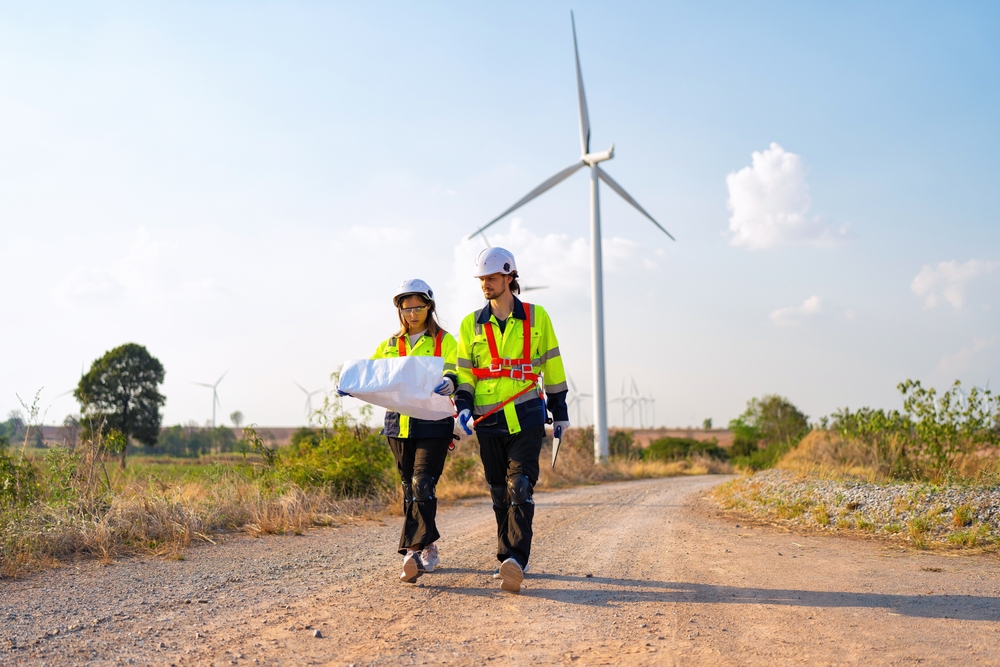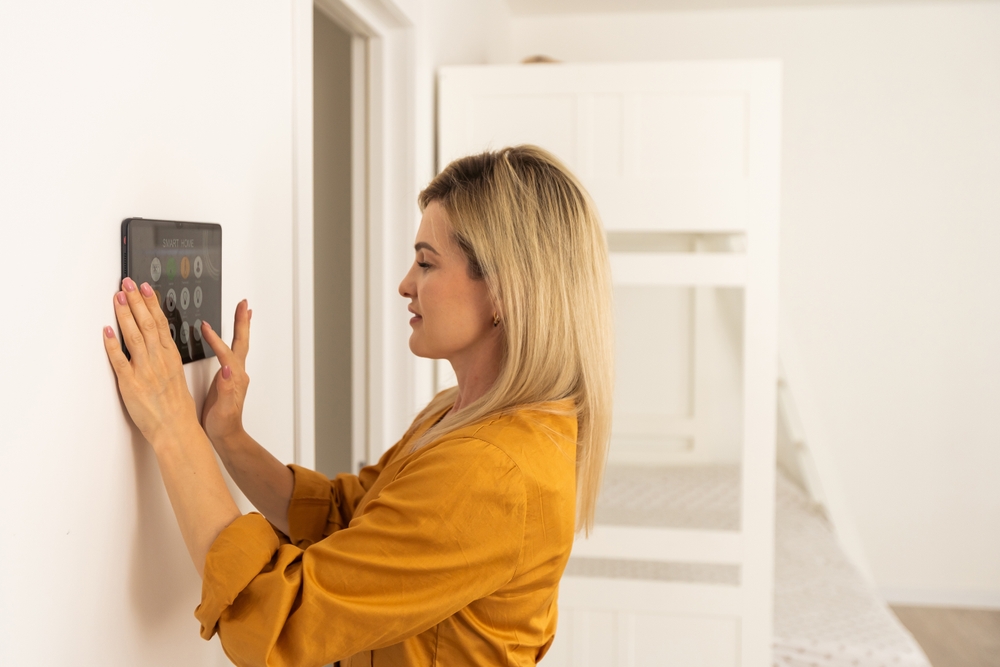The Australian Energy Market Operator (AEMO) has unveiled its Draft 2024 Integrated System Plan (ISP), paving the way for the nation’s energy sector over the next two decades. This blueprint is aligned with federal policies to drastically cut emissions and increase renewable energy usage by 2050. Here’s what small business owners need to know about the future of Australia’s energy landscape.
The ISP is a strategic plan designed to guide Australia from traditional coal-fired electricity to a cleaner, more sustainable energy system. The Federal Government has set a target for a 43% reduction in emissions from 2005 levels by 2030, with a further aim for 82% of the National Electricity Market’s (NEM) power to be generated from renewable sources.
AEMO has mapped out three scenarios in the ISP for how the future might unfold by 2050:
- Step Change: A rapid transition to renewable energy, with a 43% probability.
- Progressive Change: A more gradual shift, assigned a 42% likelihood.
- Green Energy Exports: A focus on becoming a renewable energy powerhouse, with a 15% chance.
Each scenario contemplates the end of coal-fired power, in line with Australia’s commitment to net-zero emissions.
For the Step Change scenario, which is considered the most likely, AEMO suggests an ambitious investment strategy. This includes tripling grid-scale renewable energy by 2030 and a sevenfold increase by 2050. The plan highlights expanding Renewable Energy Zones, increasing firming capacity four times, supporting a significant rise in rooftop solar installations, and enhancing grid reliability services.
Nearly 10,000 km of new transmission lines will be needed by 2050 for both the Step Change and Progressive Change scenarios. To support the Green Energy Exports scenario, this requirement more than doubles. The total capital cost for all infrastructure planned in the ISP until 2050 is estimated at $121 billion, with transmission projects accounting for 13.5% of that figure.
In essence, AEMO’s Draft 2024 Integrated System Plan sketches out an essential roadmap for Australia’s journey towards a renewable energy future, in step with the ambition to reach net-zero emissions. The plan underscores a pressing need to move away from coal-fired power, steering towards an era dominated by renewable energy, complemented by storage and gas to ensure stability and affordability.
This is a summary article from Edge2020 – read the original article.
Looking to reduce your business’s energy expenses without any extra cost? Edge Utilities makes it possible through collective purchasing, which enables you to unlock substantial savings. Our focus is on empowering SMEs like yours by fetching the most competitive rates available. You can get in touch with us by emailing us at save@edgeutilities.com.au or calling us at 1800 334 336. Start saving today with Edge Utilities!


